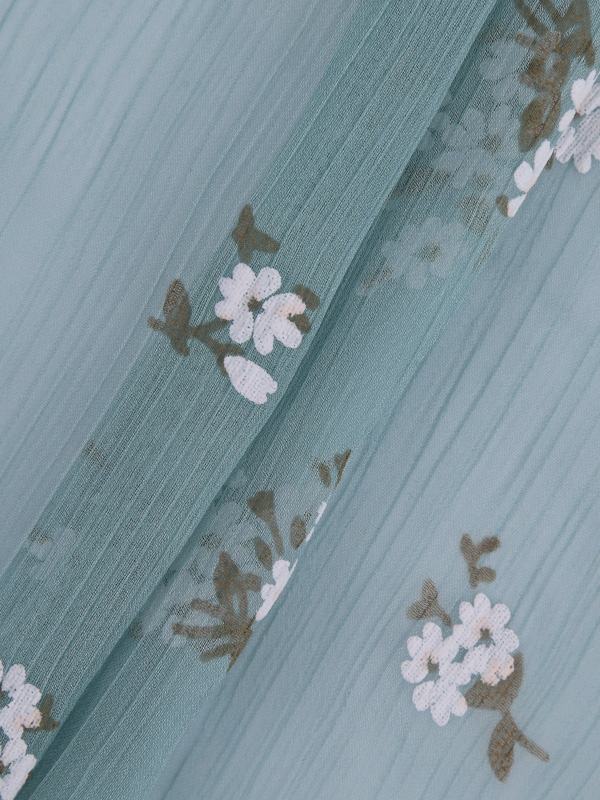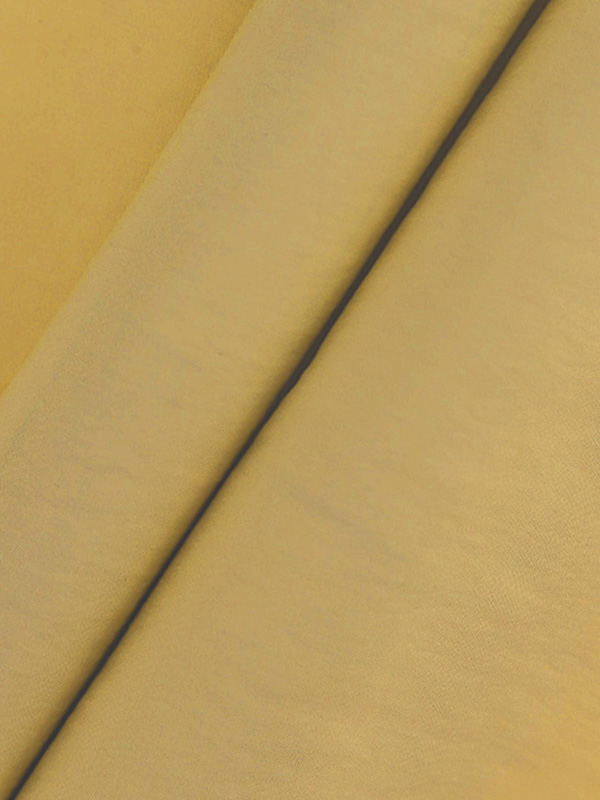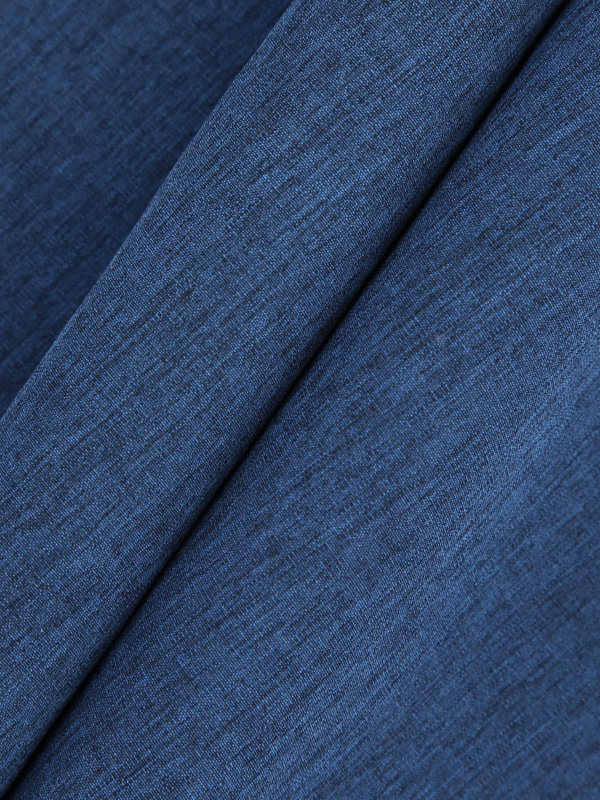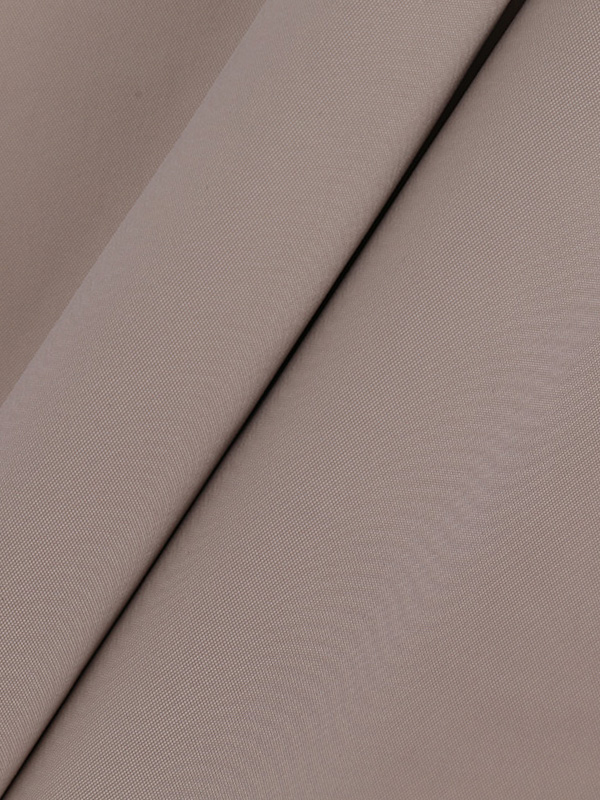Selection of functional fabrics
First of all, the comfort of the fabric is the primary issue that should be considered. The comfort design of the fabric mainly includes physical comfort and psychological comfort, which is specifically expressed in the fabric's thermal insulation, moisture permeability, air permeability, and tactile and visual comfort.
Choose the appropriate fabric for different seasons. Pay attention to permeability in summer, try to choose cotton and hemp with better moisture permeability, but hemp is harder than cotton, has poor elasticity, is easy to wrinkle, and may feel irritating when worn. Therefore, if you wear it next to the body, it is recommended Use cotton fabric clothing. In addition, light and smooth fabrics or silk fabrics with high yarn count and low warp and weft density are also good choices.
Winter fabrics can enhance heat preservation, try to choose wool fabrics with lower thermal conductivity. Medium-thick soft fabrics with low yarn count and high warp and weft density or special processing and post-processing fabrics, such as sanding, napping, and composite fabrics are also suitable for winter.
Ultraviolet rays have a strong penetrating power on the skin, which can penetrate the surface and dermis layers of the skin, causing skin relaxation, leading to the appearance of wrinkles, age spots and freckles, and skin cancer if exposed to excessive ultraviolet rays. Anti-ultraviolet fabrics can block more than 80% of the damage of ultraviolet rays to the human body. In summer, the elderly can use anti-ultraviolet functional textile fabrics such as shirts and T-shirts to protect their skin from ultraviolet rays.
The light-changing personality fabric can quickly change the original color and pattern of the fabric under the outdoor sunlight or evening light, which can not only add a sense of fashion and novelty, but also increase the safety of walking at night. Wearing temperature-changing clothing, when the temperature reaches a certain height (for example, when the wearer has a fever or the wearer’s clothing touches a high-temperature foreign object, the discoloration of the temperature-changing clothing is a timely reminder to the wearer to protect the wearer from harm. Increase the safety of clothing and a rich and colorful sense of fashion.



 English
English Chinese
Chinese



